Nokia 8 Sirocco Review - Performance, Camera, Battery Life and Verdict Review
Performance, Camera, Battery Life and Verdict
Nokia 8 Sirocco – Software The Nokia 8 Sirocco runs Android 8.0; it’s an Android One phone. This means there’s no custom interface and it relies primarily on Google apps rather than those of the manufacturer or another developer. There are just two Nokia extras: a custom camera app and Support, which is a digital manual […]
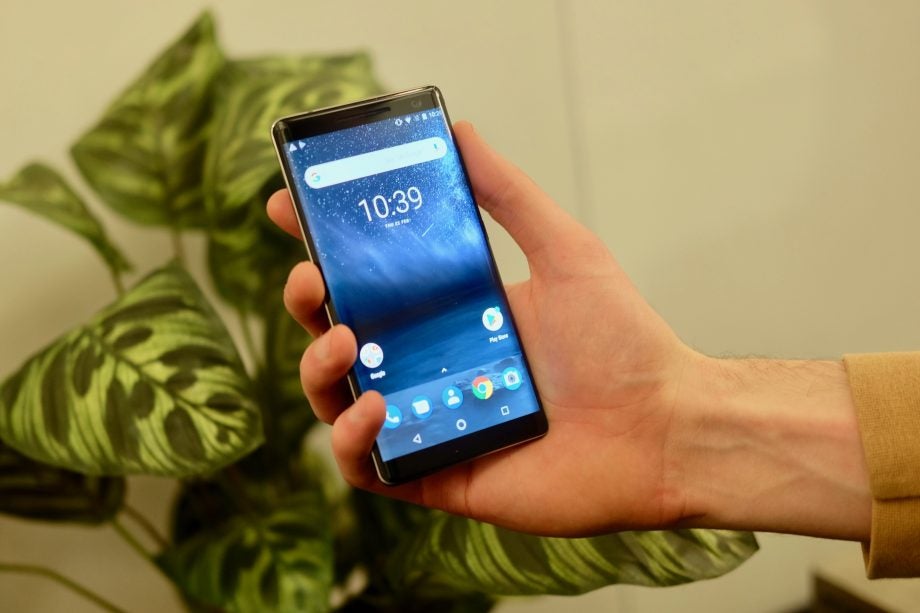
Sections
- Page 1 Nokia 8 Sirocco Review
- Page 2 Performance, Camera, Battery Life and Verdict Review
Nokia 8 Sirocco – Software
The Nokia 8 Sirocco runs Android 8.0; it’s an Android One phone. This means there’s no custom interface and it relies primarily on Google apps rather than those of the manufacturer or another developer.
There are just two Nokia extras: a custom camera app and Support, which is a digital manual for the Nokia 8 Sirocco.
The phone is about as clean and simple as top-end Androids get, with no bloat or additional interface elements to hinder your experience.
Related: Best budget phones
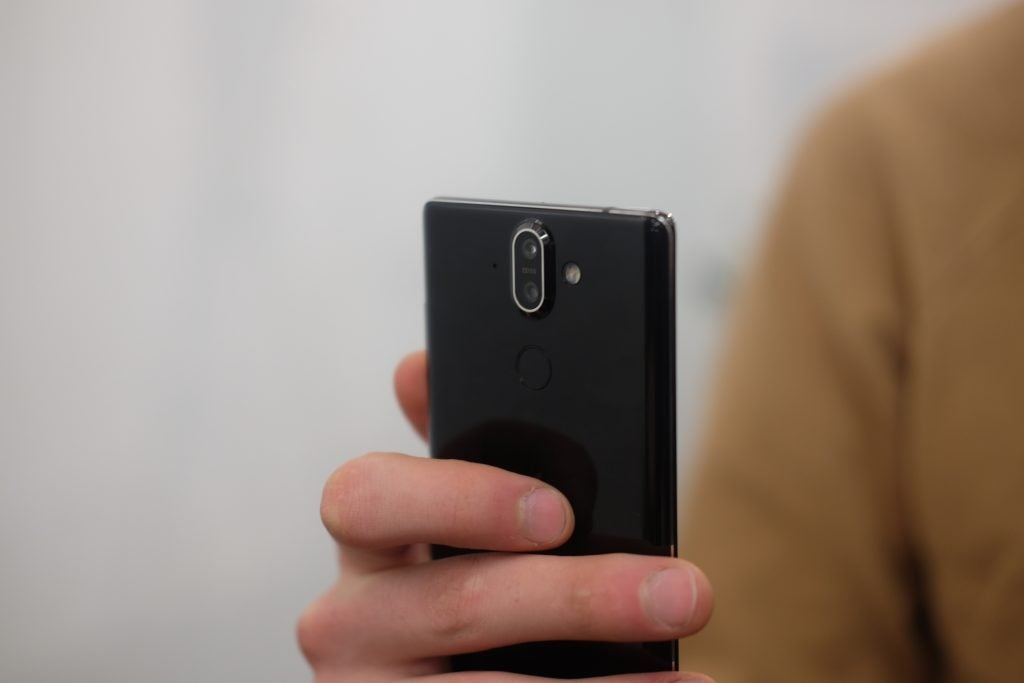
Well, almost no extras. The Nokia 8 Sirocco has a feature called Glance Screen. It’s a display that pops up when the phone is in standby, displaying the time, battery life and a few icons to let you know the basics of recent notifications. Nokia Lumia phones running Windows used to have something similar.
You can choose whether it’s always-on, briefly switches on when there’s a notification, or isn’t used at all, in Settings.
Despite Glance Screen, the Nokia 8 Sirocco feels like a totally vanilla Android phone. As such, you can’t apply many customisations beyond the wallpaper without installing another “home” app. But Android as-intended is what many people want.
Nokia 8 Sirocco – Performance
The Nokia 8 Sirocco runs well. Switching between apps is quick, Android feels responsive, and games pretty much universally play perfectly.
You can run PUBG at max graphics settings, and Asphalt 8 shows no obvious slow-down.
This is no surprise when the Nokia 8 Sirocco has a top-end processor. It’s the Snapdragon 835, an octa-core chipset with Kyro cores and the Adreno 540 GPU.
Fast, efficient and highly regarded, the Snapdragon 835 is great. However, almost all of the phone’s price rivals have moved onto the newer Snapdragon 845. It’s faster and has a much better GPU. Whether most of us will notice the difference is another question, but it remains a significant issue for the Sirocco.
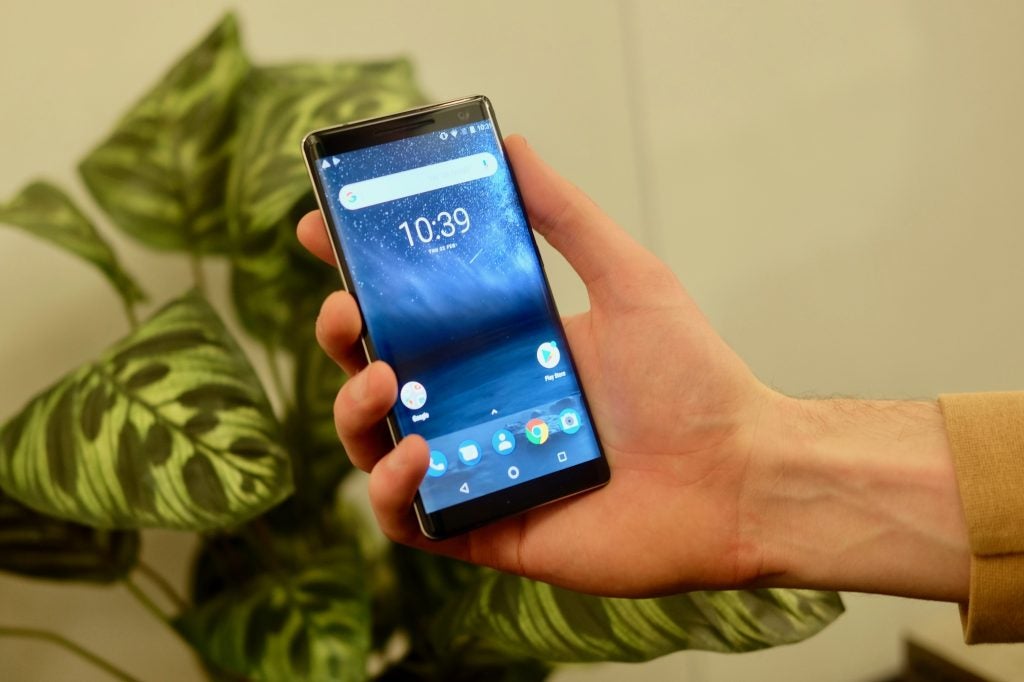
Nokia 8 Sirocco – Camera
The Nokia 8 Sirocco has two cameras on its rear and one on the front. Like HTC U12 Plus, the second rear sensor here is used for 2x optical zooming. The main 1x camera has a high-quality 12-megapixel sensor, and the 2x one a slightly lower-quality 13-megapixel sensor.
Both have Zeiss-branded lenses. While I don’t put a huge amount of stock in these kind of brand tie-ins, I’m quite impressed by how close you can get with the “telephoto” camera and still attain focus. This makes quite intense-looking macro nature photos easy to achieve.
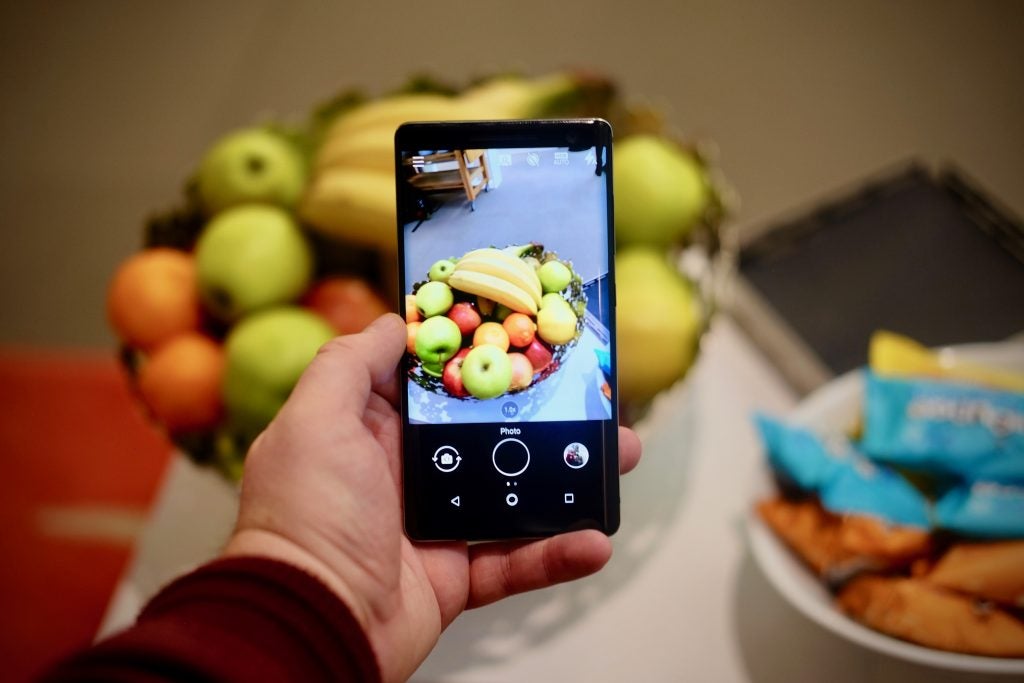
The secondary camera may not be as good as the main one, producing slightly softer images, but the benefits of the zoom are obvious. It does deliver a closer, more detailed look at the same scene, letting you compose more effectively on-the-fly, without using digital zoom.
The Nokia 8 Sirocco’s main camera sensor quality deserves praise, too. Shooting side-by-side with the LG G7 ThinQ, the Nokia can capture significantly more fine detail, has better native dynamic range, and is much less prone to overexposure. It isn’t immune to it, but exposure and shadow detail are solid.
Great dynamic range and an effective Auto HDR mode lets you shoot in just about any degree of light variance. You’ll get a good shot almost every time. This is particularly useful for sunsets, or when you need to shoot with the sun actually in the shot.
Colour tone is charming, too, leaning towards the warmer end of the spectrum. I’d take this over cool-looking pics any day.
The phone’s own screen is a bad way to judge colour, however. Its P-OLED screen is oversaturated, making greens in particular look unrealistic. After transferring the photos to a colour calibrated MacBook Pro, the shots appeared much more natural.
The Nokia 8 Sirocco isn’t quite the best at night shooting. It can take good shots in low light – once again, evidence of the high-quality sensor. However, the main camera isn’t stabilised, therefore limiting its effectiveness in very dark scenes.
The two obvious options for a camera’s brain are to increase ISO sensitivity (and therefore either noise or detail-destroying noise reduction) or exposure time.
This shutter tends to slow down to around 1/14 of a second, which is enough for fairly dark scenes. But it’s nowhere near the Huawei P20 Pro in terms of low light handheld photo capture, and other flagships are slightly better at dealing with ultra-low light photography too.
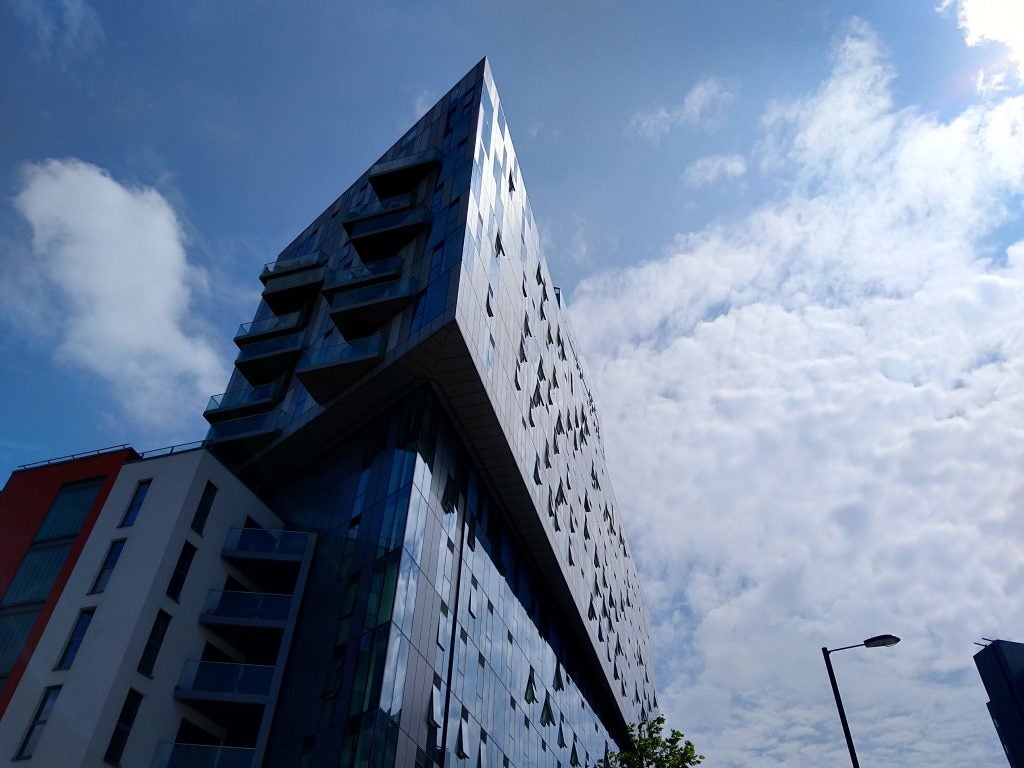


Here’s the background blur mode in action

A flower at x1 zoom

2x zoom lets you get a much closer crop without any editing or digital zoom

This image is a little overexposed, but is also very punchy-looking

At 1x zoom there’s far too much Croydon around this church

Use 2x zoom and it’s easy to block out the surrounding area. Note the church is also better-exposed
If you want to get serious with the Nokia 8 Sirocco camera, you can. Like old Lumias, it has a Pro mode that lets you manually set the ISO, shutter speed, exposure, white balance and focus.
Once again, the lack of OIS does limit it a little. Whenever I use a “pro” mode, it’s almost always to alter shutter speed, slowing it down at night. Colour can be tweaked after the fact; but this can’t be said for shutter speed obviously. Without OIS you often can’t go below around 1/10 of a second, or 1/4, if you have a surface on which to stabilise your forearms. Not without ending up with blurred images, anyway.
Nokia has also has a crack at the bokeh background blur mode that features in most higher-end phones. It’s called Live Bokeh here. This uses both rear cameras, so uses the 2x view rather than the standard one, and your subject will need to be a couple of metres away. It’s far too picky, but is capable of producing some sound results as long as the scene isn’t too complicated.
The front camera is surprisingly basic. It uses a 5-megapixel sensor with 1.4-micron pixels. It isn’t a bad selfie camera – its detail holds up in indoor lighting and it’s far better than the 5-megapixel front cameras used in cheap phones – but neither is it great.
Some of the most interesting camera features are seen on the video side. Like the HTC U12 Plus, the Nokia 8 Sirocco uses AOP microphones designed to handle very noisy environments – gigs/concerts, for example.
There are three mics, letting the phone record audio with a very clear soundstage. You can also switch to front and rear audio recording if you don’t want a surround-like effect.
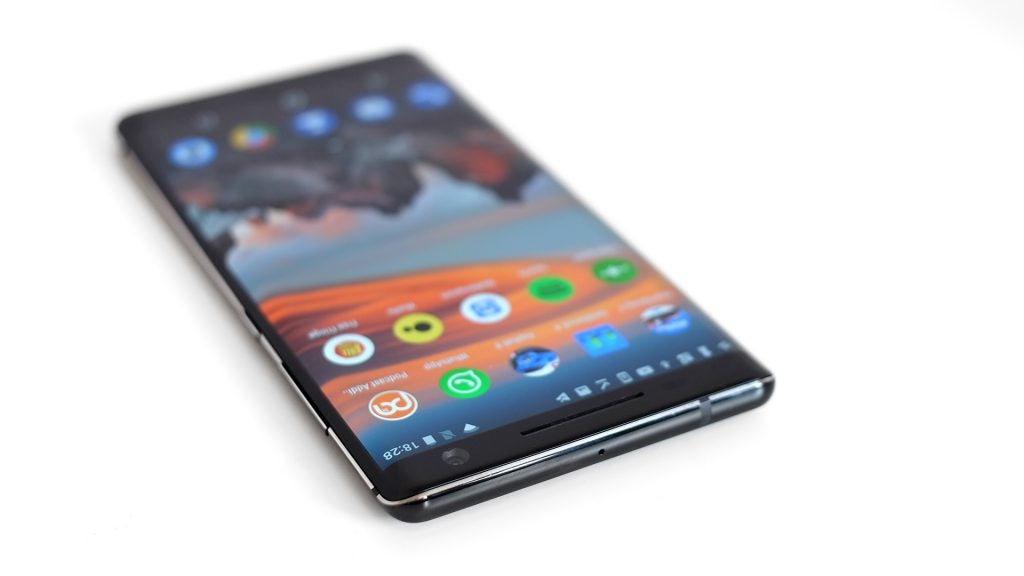
Nokia 8 Sirocco – Battery life
The Nokia 8 Sirocco has a 3260mAh battery, which today sounds only just good enough for a top-end phone. However, its stamina is pretty good.
I can get a solid day and a half out of a charge; that final unnerving 25% of battery able to get you through to lunch time if you don’t do anything too demanding. This is after a few hours of podcast streaming and some photos captured on the first day.
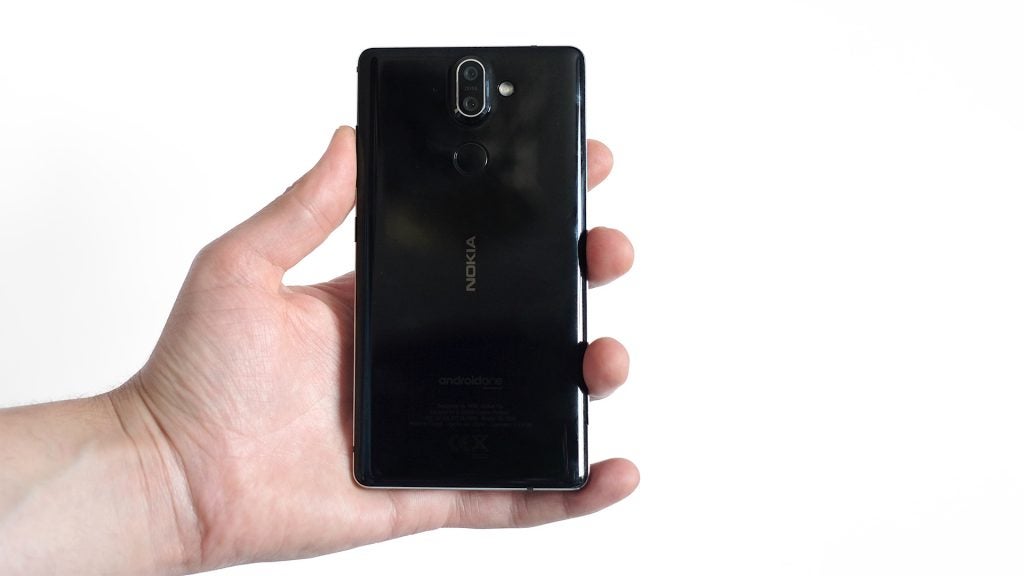
It’s by no means a class-leader, like the Huawei P20 Pro, but you don’t get the impression that Nokia has sacrificed its growing reputation for long-lasting phone in order to make the Sirocco slim.
The Nokia 8 Sirocco features fast-charging, too. Its charger switches between 5V, 9V and 12V, for up to 15W output. This will get you from flat to 50% charge in around 30 minutes.
The device supports wireless charging as well, using the Qi standard. This means the Nokia 8 Sirocco can use most wireless charge pads.
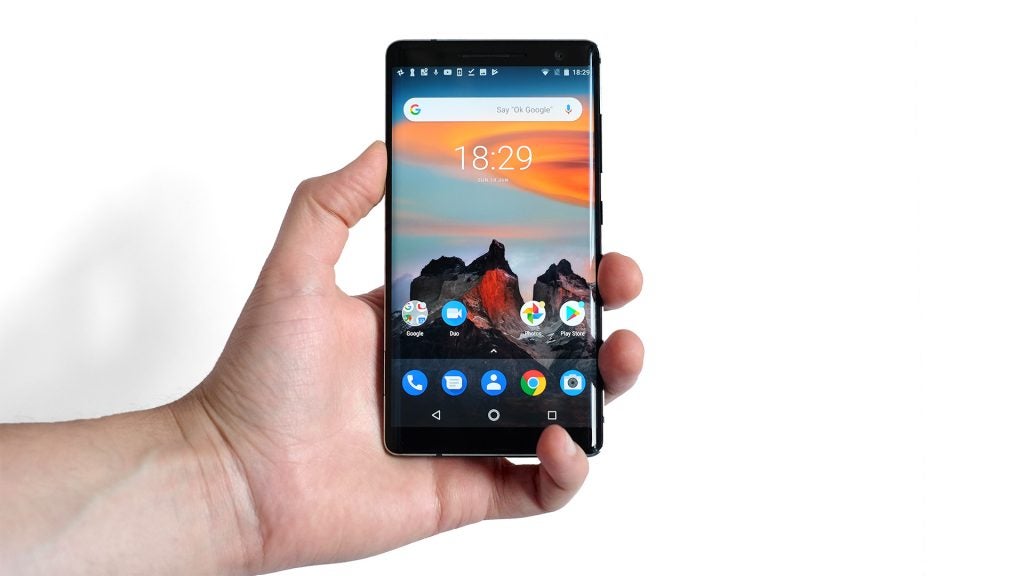
Why buy the Nokia 8 Sirocco?
There are some masterful elements to the Nokia 8 Sirocco. Its steel sides and curved Gorilla Glass 5 panels display a flair that similarly priced devices such as the HTC U12 Plus and LG G7 ThinQ lack.
It lags behind these phones in some other respects, however. A 16:9-panelled device at this price, at this time, is a tough sell. It also includes an older processor and its screen isn’t suited to its curved front and is unable to give a good account of the photos its capable camera takes.
The Nokia 8 Sirocco is a solid phone, but it has a few too many patchy elements to flatten the competition.
Verdict
The hardware design is impressive, but in a few areas it isn’t quite up to speed.


